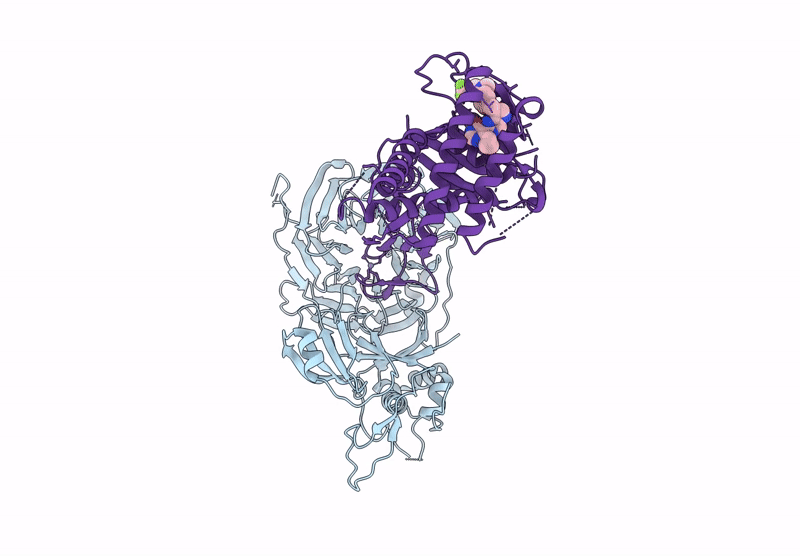
Deposition Date
2025-02-11
Release Date
2025-05-14
Last Version Date
2025-05-21
Entry Detail
PDB ID:
9N9Y
Keywords:
Title:
Crystal structure of truncated USP1:UAF1 in complex with compound 18
Biological Source:
Source Organism:
Homo sapiens (Taxon ID: 9606)
Host Organism:
Method Details:
Experimental Method:
Resolution:
3.15 Å
R-Value Free:
0.29
R-Value Work:
0.23
R-Value Observed:
0.23
Space Group:
I 2 2 2


